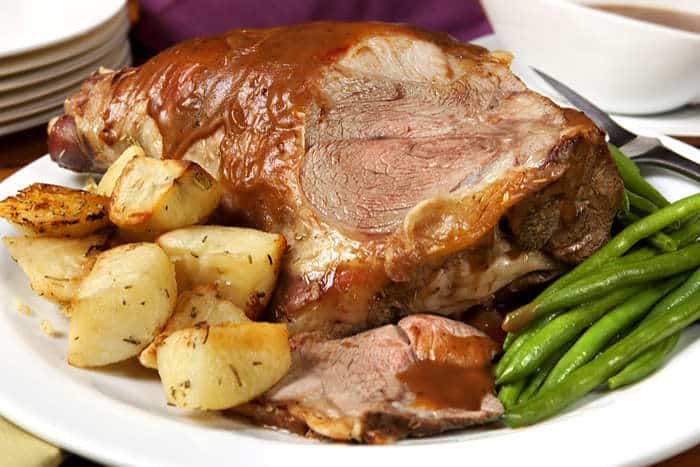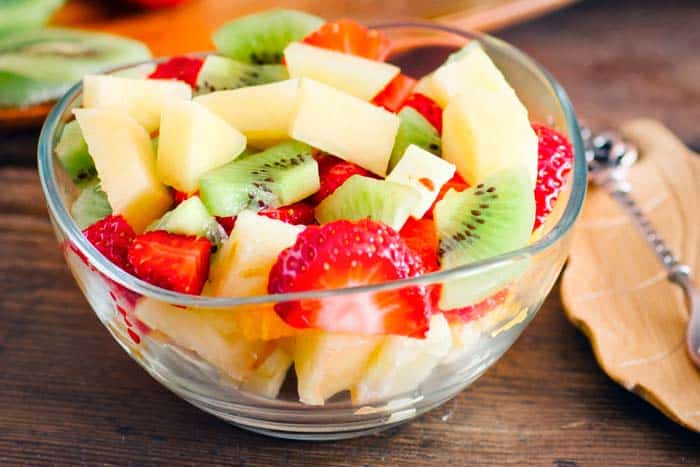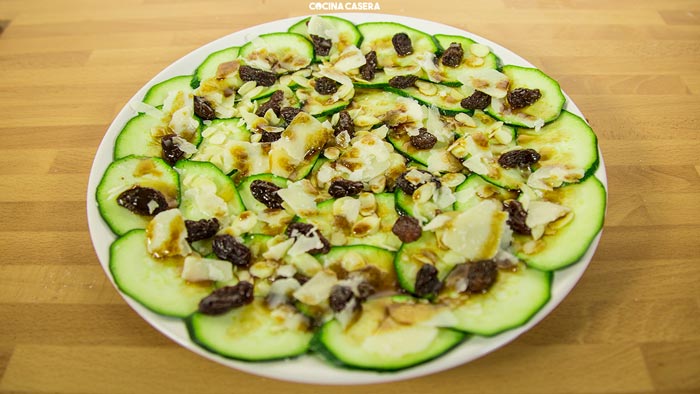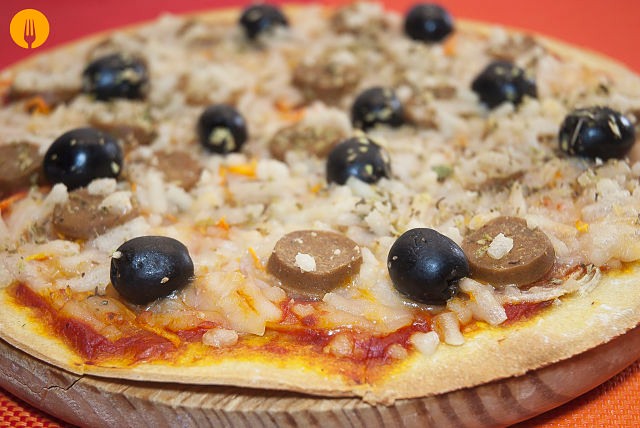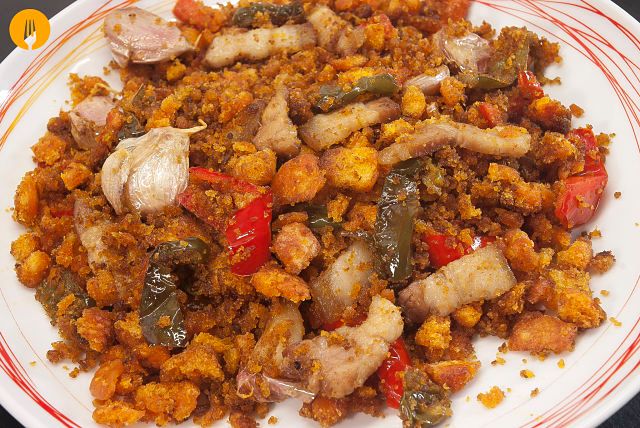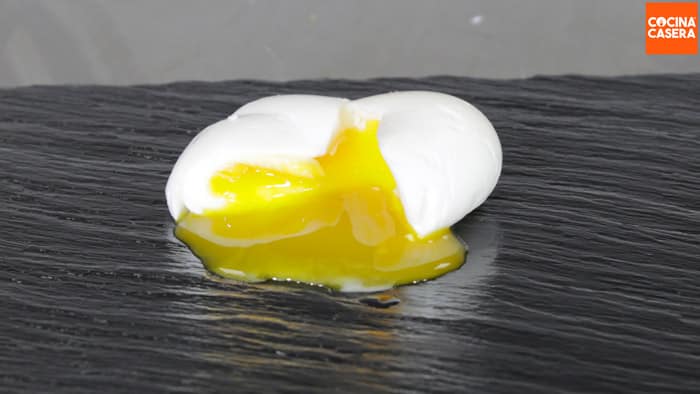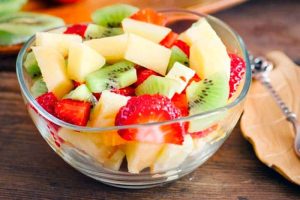
Homemade Porras
Home » Home Cooking Recipes » Homemade Porras
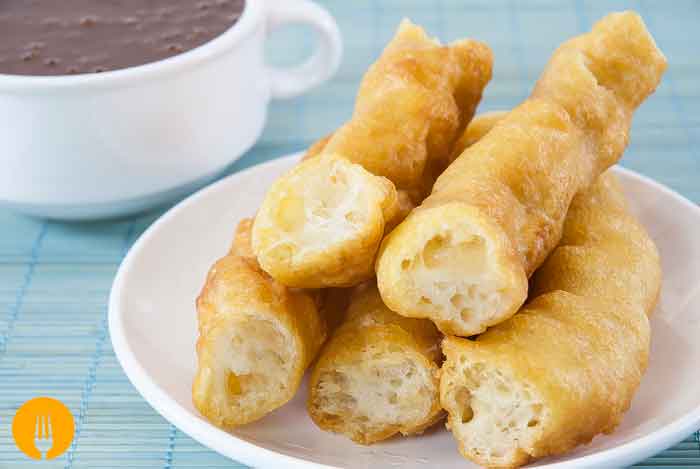
Did you like our recipe? Click on a star to rate it!
Average rating 5 / 5. Vote count: 1
No votes so far! Be the first to rate this post.
In many countries, they are known as churros, but in Spain, they are called Porras. If you liked our homemade churros recipe, you'll love this homemade Porras recipe we bring you today. The main difference between these two dishes is that while churros are thin with a close-crumbed dough, porras are thicker, presenting an interior full of holes of various sizes that are the result of gases trapped during the fermentation carried out by the yeast. This fermentation begins when yeast comes into contact with flour and water. In the final product, a tender interior wonderfully combines with a crunchy exterior, making these porras a delicious dish that we are sure you will fall in love with.
Churros and porras have been a part of my life since I can remember. It's always been a big dilemma for me to choose one or the other. When Sunday comes, I drive to a food stall where they make delicious, thin churros and chubby, tender porras. There I stand for minutes in front of the stall, never being able to decide on one or the other. In the end, as they say variety is the spice of life, I take home a few churros and just as many porras.
The recipe we present is very easy to make. You just need to pay attention to the temperatures, both the water used in the recipe and the oil in which the dough is fried. The ambient temperature at which the dough will ferment is also important. It's hard for this recipe to fail, but if it happens, don't get discouraged, because it's just a matter of a little practice to get the dough and oil temperature right.
If you have never tried this dish, I recommend that you don't let it slip away, prepare it at home and accompany it with a delicious hot chocolate for churros and porras. You can't miss it!
Ingredients for Homemade Porras for 4 people
- Wheat flour - 300 grams
- Dry baking yeast - 3 grams
- Salt - 10 grams
- Water - 350 grams
- Olive oil - for frying
How to make the recipe Homemade Porras
- To start, we put the flour in a bowl. We add the yeast and stir with a spoon so that it is distributed throughout the flour. Once this is done, we do the same with the salt. It's important to do it this way so that both ingredients do not come into contact, as salt inhibits the action of yeast.
- Next, we heat the water in a saucepan until it reaches a temperature between 86º and 104ºC. It's important that the water does not exceed that temperature, as if we go over, we can end up destroying the yeast. If we don't have a probe thermometer, we can heat the water until it feels a bit warm. If in doubt, we can also add the water at room temperature, it's always preferable to be short than to go over. At a lower temperature, the dough will take longer to ferment, but the result will be just as good. Once warm, we add the water to the bowl where we have the flour.
- Once the flour has absorbed all the water, we cover the bowl with plastic and let the dough ferment for an approximate time of between 30 and 60 minutes.
- When the fermentation time is about to end, we heat plenty of olive oil in a pan.
- At this time, we put the dough in a pastry bag, or, if we have a syringe, we use it. In this case, we will have to use a nozzle with a fairly large passage. The good thing about using a disposable pastry bag is that we can cut the tip wherever we want, and make thick porras.
- Once the oil is hot, almost beginning to smoke, we put a little dough in the pan. We cook on both sides for a few seconds or as long as necessary for the dough to brown.
- Once the dough is browned, we remove it from the pan and place it on absorbent paper. Immediately, we cut our dough into pieces of the length we want and bring these to the table.
Notes and Tips
If you want to use fresh yeast, which you can find in the refrigerated section of supermarkets, you should multiply by 3 the amount we have put of active dry yeast, as fresh yeast has less activity. In this case, we must dissolve the yeast in a little water before adding it to the dough with the rest of the liquid.
Depending on the type of flour you use, it may be necessary to increase or decrease the amount of water in the recipe. In this sense, it's necessary to say that it's advisable to add the water little by little until obtaining a dough with the texture that is seen in the video.
The fermentation time of the dough will depend on the temperature of the added water and the ambient temperature. If you add the water at 104ºF, 30 minutes of fermentation will be enough. If the water is around 86ºF, you will need to let it ferment a bit longer.
One of the key points for the exterior of the porras to remain crispy is to fry them in hot oil, otherwise, as they cool down, they will soften easily.
- Roast Lamb Leg - 02/08/2023
- Pilaf Rice - 01/08/2023
- Fruit Salad in Syrup - 01/08/2023
What to eat today? Search by ingredient or recipes

